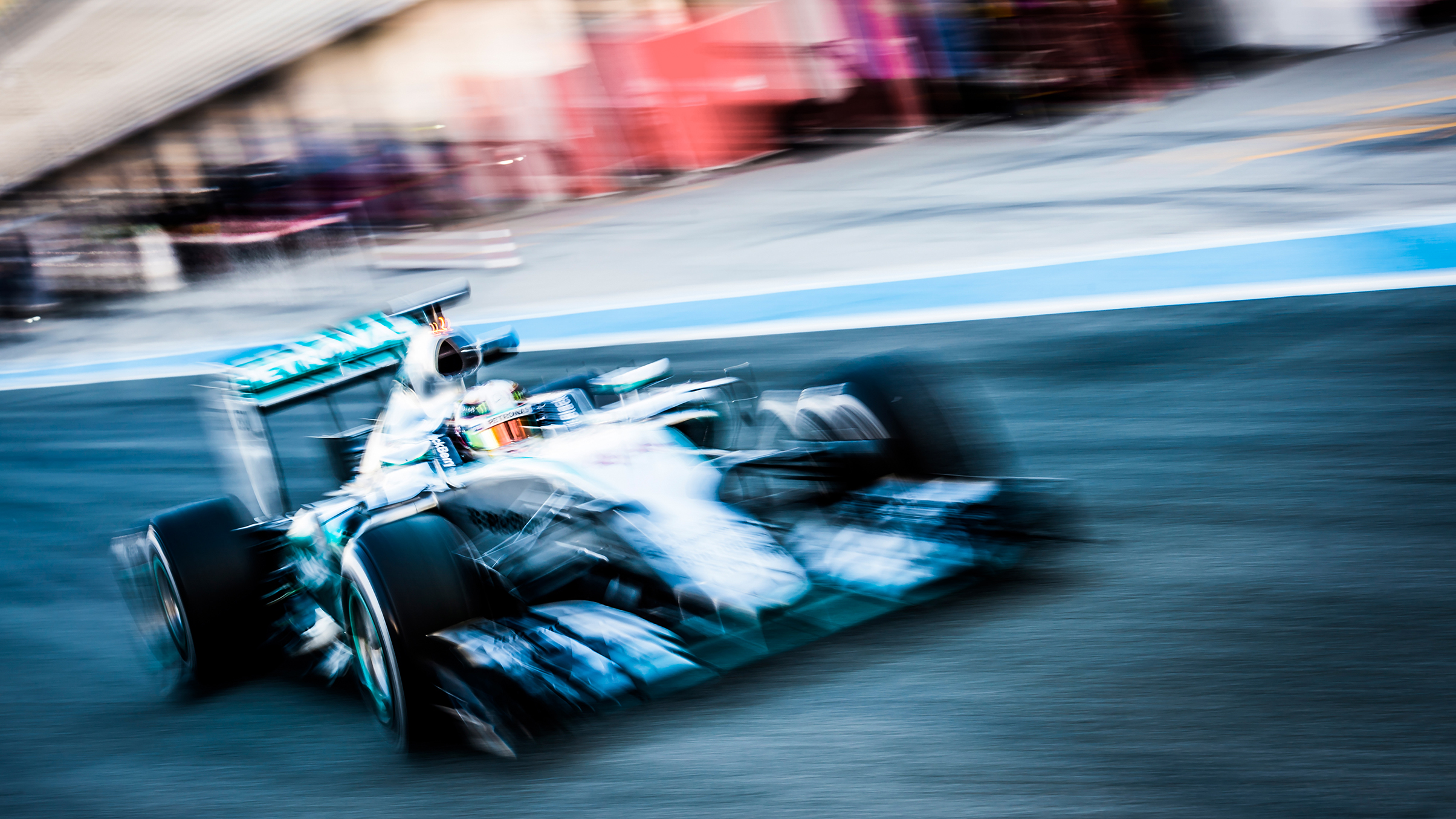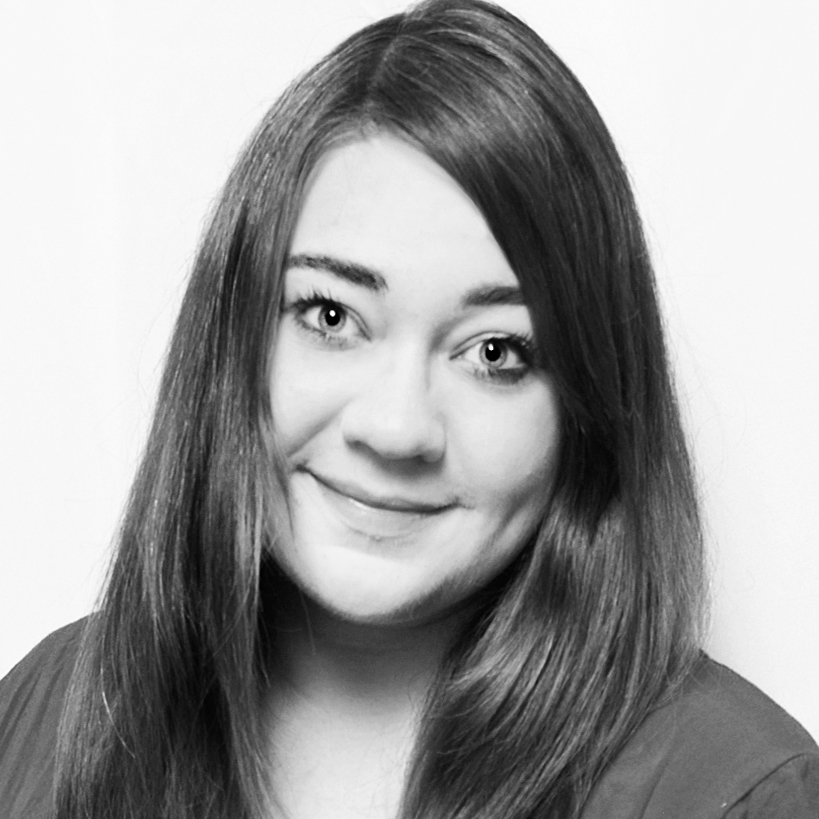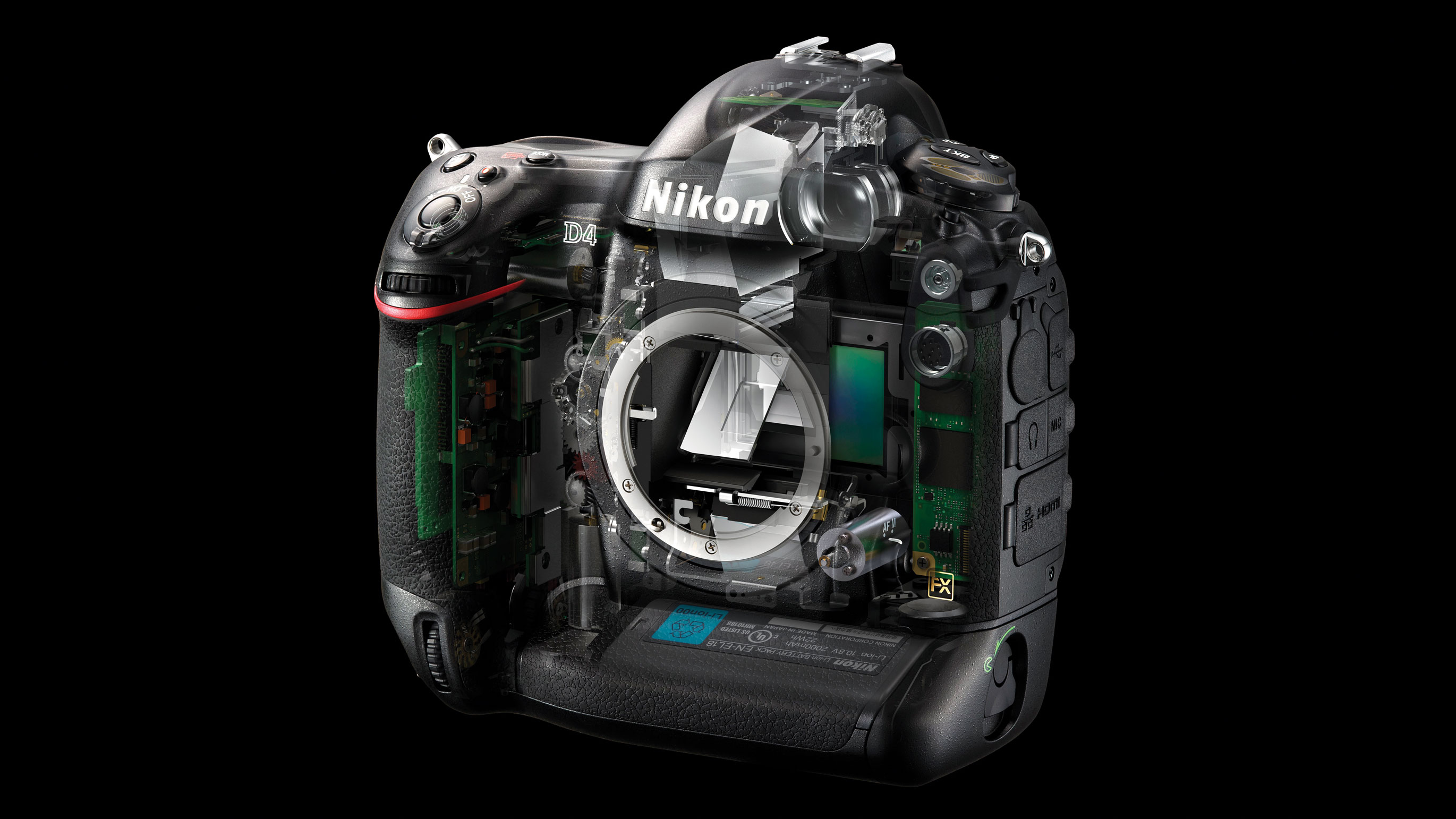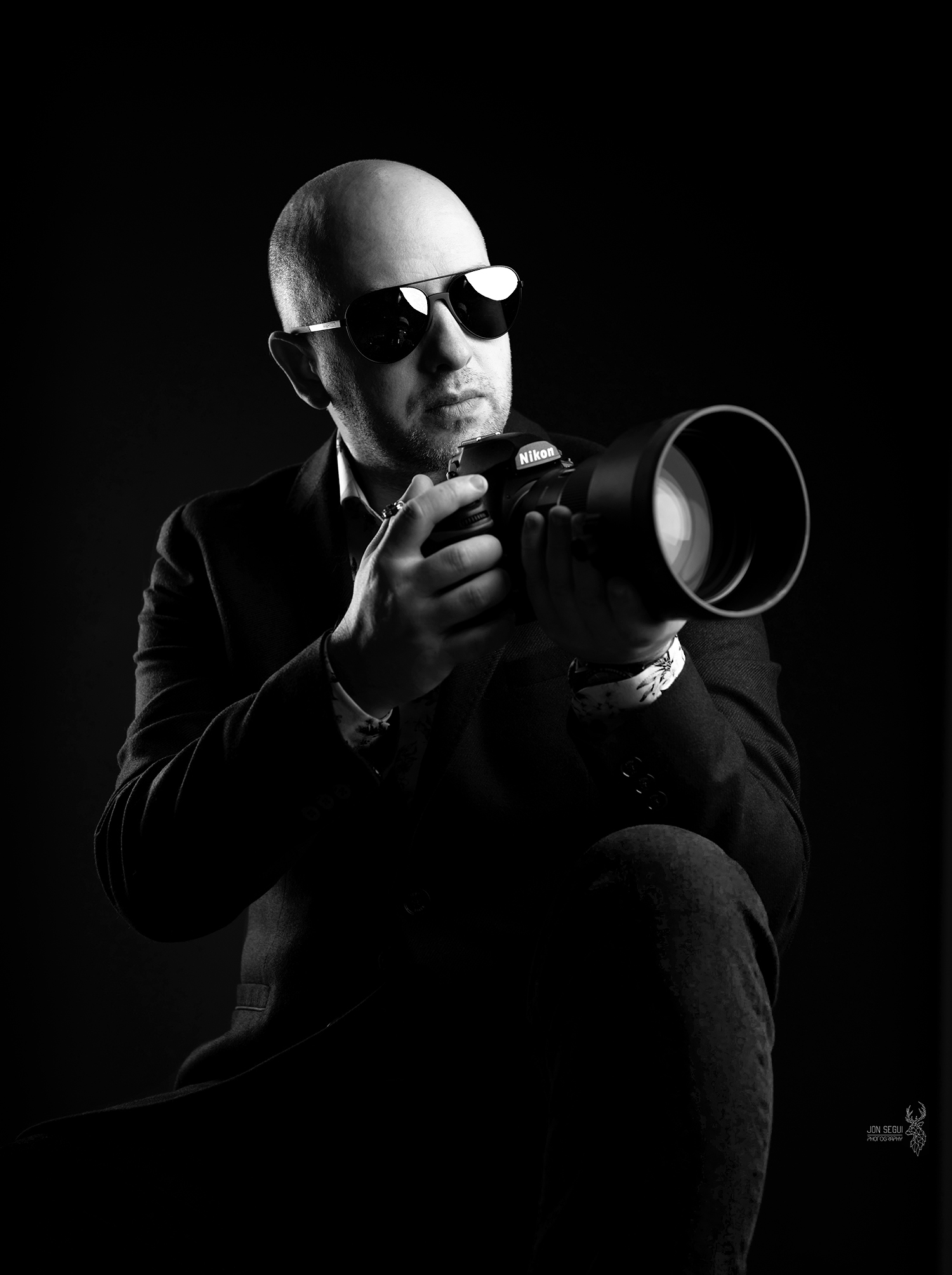This vibrant action shot of Lewis Hamilton, captured creatively at 1/10 sec with a Nikon DSLR camera, showcases the dynamic energy of Formula 1 racing
Using the Nikon D4 and iconic Nikkor 70-200mm f/2.8 VR II, this pro photographer creates stunning action photography with a creative twist

Professional commercial photographer Jon Segui partners with leading international brands on high-profile projects ranging from Formula 1 to product catalogues and beauty photography. To meet the industry's high standards, he exclusively uses Nikon gear.
Today, Jon shoots with the Z9, Nikon's flagship pro mirrorless camera. But this stunning image was captured back in 2015, using the Nikon D4 DSLR camera at the legendary Circuito de Jerez in Spain. To achieve the necessary reach, he paired the D4 with Nikon's iconic F-mount DSLR lenses – the Nikkor 70-200mm f/2.8 VR II.
Shot at 1/10 sec, f/14, ISO 100, Jon named the image after the shutter speed he used – "1/10th of a second" – a setting that played the most crucial role in capturing this fast-moving Formula 1 scene. Instead of opting for a sharp, static image showcasing the action, Jon intentionally slowed the shutter just enough to convey motion. The result is a frame that doesn't freeze the action, but instead expresses speed and creativity in a single shot. Let's dive into the story behind this image and discuss Jon's gear and lighting choices.
The story
"I'm not going to lie, I am a huge fan of Lewis Hamilton, and when working in F1, I always wanted to make sure he was out on track (not something you take for granted in pre-season sessions). I tried to capture him in as many different ways as I could imagine.
"The pit lane offers the closest vantage point of F1 cars in motion. As a photographer, it presented a fantastic opportunity to capture something unique and unconventional in sports photography. The main challenge is that although the pit lane has an 80km/h speed limit (slow for F1 cars), when you are standing so close to the action, you only have a split-second chance to get one in focus!
"The difficulty with action shots involving dragged exposures is finding the right balance between excessive blur and subject sharpness. Fortunately, with numerous cars driving through the pit lane at the limit, it becomes easier to fine-tune the shutter speed to achieve the perfect result. I set the shutter speed to 1/10 of a second and tracked Lewis as he zoomed past, firing off a burst of shots. The outcome is a dynamic image where his helmet remains sharp and recognizable, while the frame captures a vivid sense of speed using a short panning technique.
"Shooting at f/14 resulted in the need for numerous sensor spot removals, along with some color correction and other basic adjustments. One notable detail is the intentional tilting of the horizon, a common technique used in motorsports photography to enhance the dynamic feel of the image."
The best camera deals, reviews, product advice, and unmissable photography news, direct to your inbox!
Gear Info
Jon captured this image using a Nikon D4, a full-frame camera featuring a 16MP sensor. It was released in 2012 and remains a benchmark for pro DSLR performance. With a rapid 11fps (frames per second) continuous shooting speed and an advanced 51-point autofocus system, it set new standards in speed and precision.
The D4 features dual card slots – CompactFlash and the then-new XQD cards, a precursor to today's CFexpress format. Though mirrorless cameras like the Nikon Z9 and Sony A1 now dominate the market, the D4's combination of performance, grip, and reliability makes it still a classic favorite among shooters worldwide.
Paired with the Nikkor 70-200mm telephoto zoom lens, Jon created a speedy and versatile setup. The lens is a true workhorse, excelling well across many different genres. The 70-200mm zoom offers fast, constant aperture and excels well in low-light conditions, and beautifully isolates the subject through a shallow depth of field.
While open-aperture telephotos often come with a bigger price tag, f/4 variants are a more budget-friendly option. The balance of reach, speed, and versatility makes the 70-200mm a must-have in many professional kits.
You might like...
Browse the best cameras for sports. More articles in this series:
- This image was shot with "probably the best 70-200mm zoom in the world"
- Not all photos need to be "nice to look at" – this DSLR shot preserves rituals for future generations
- I used a DSLR and an ultra-telephoto lens to convey a vital truth – that the fate of wildlife is inextricably linked to the health of our environment

Kim is a photographer, editor and writer with work published internationally. She holds a Master's degree in Photography and Media and was formerly Technique Editor at Digital Photographer, focusing on the art and science of photography. Blending technical expertise with visual insight, Kim explores photography's time-honored yet ever-evolving role in culture. Through her features, tutorials, and gear reviews, she aims to encourage readers to explore the medium more deeply and embrace its full creative potential.
You must confirm your public display name before commenting
Please logout and then login again, you will then be prompted to enter your display name.


